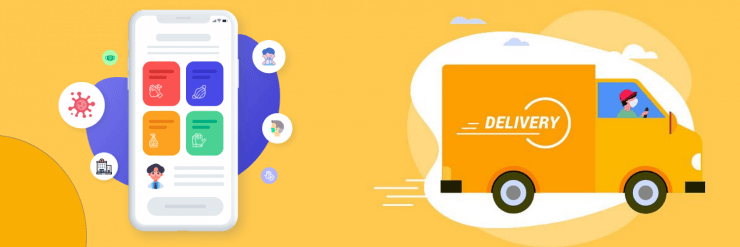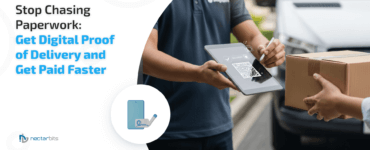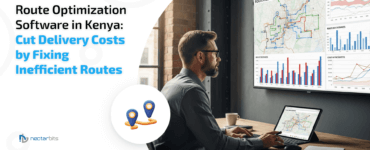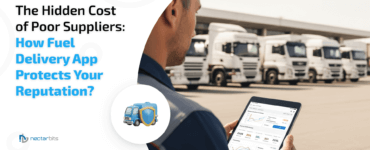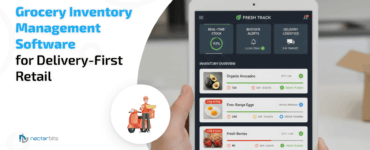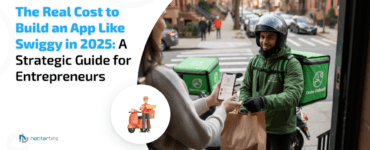With the COVID-19 outbreak, the world is wrestling with several issues, which seem difficult to tackle. As malls and public places are shut down, traffic movement is cut down, people running out of secret stash, and restaurants are shuttered and can provide just pick-up and delivery services, it has made the situation gloomy.
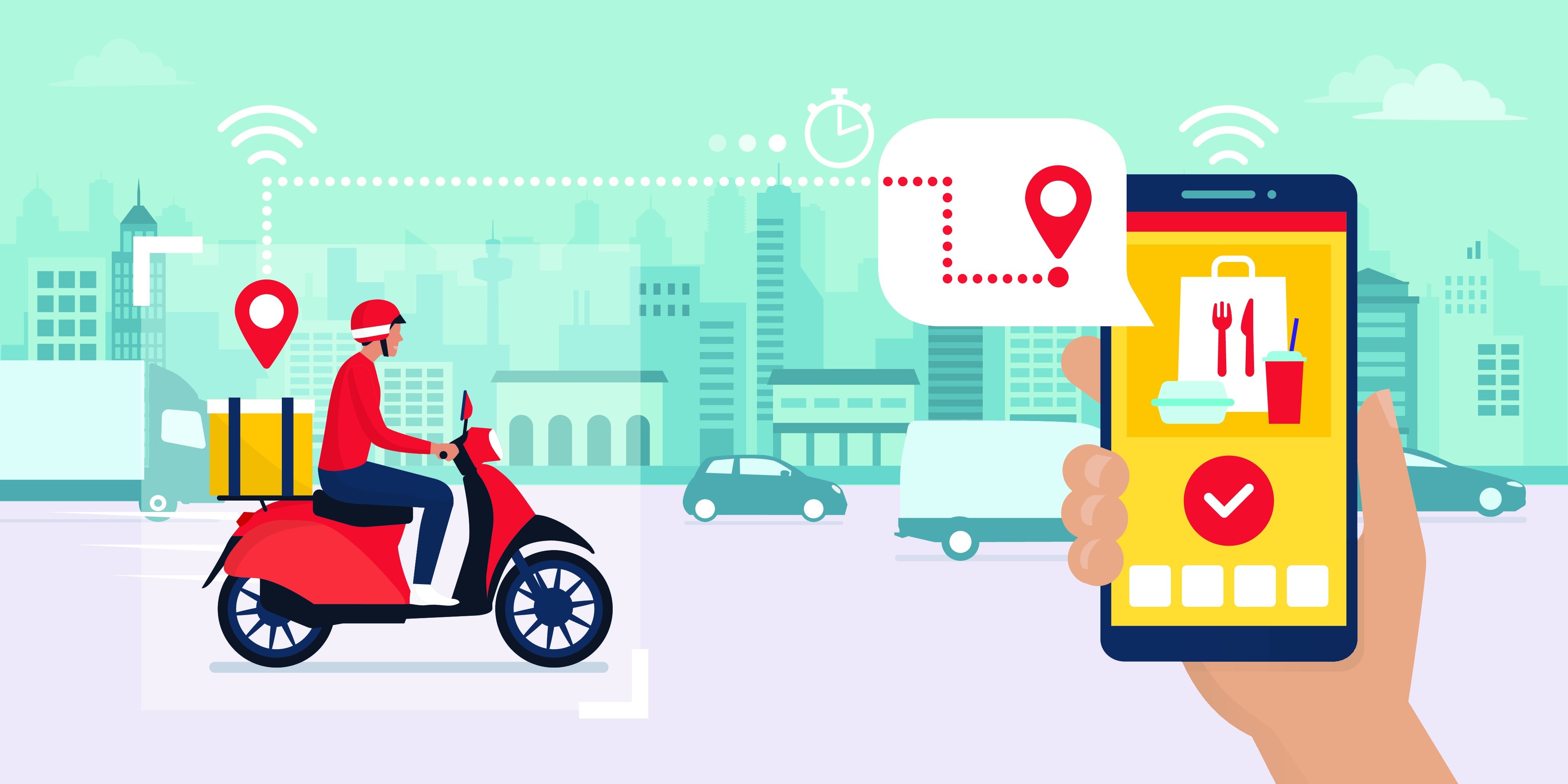
According
to a data
science team, 48,000 restaurants have revealed that the revenue from
last year’s comparison is nearly 20% down.
Let’s understand with an example.
The nations that are hard hit by a deadly virus, they are lockdown to stop the virus spread as its transmitting rate is two folds than the flu-like SARS. Its impact is different in various countries, thus the retailers will be suffering accordingly. China, India, New Zealand, USA, and Canada have locked down the major cities to curb the spread.
That’s where Starbucks like the food and beverage chain has transformed the brick-and-mortar store into a ‘go-to’ model to support the nationwide fight against corona. The independent restaurants are also moving to online food delivery options. The established players are beefing up the food delivery services to serve the customers safely.
Read more : Launching an Online Grocery App/Store in Canada?
Alas! The customers are wary with hygiene conditions of food, delivery person’s health, safe packaging, sanitation, and physical contact related concerns. The leading players such as Uber Eats, Instacart, GrubHub, and Doordash in the food industry have come up with a couple of tactics to manage the crisis and win the customer’s trust back.
The present circumstances enacted by coronavirus across the globe have provided immense opportunities to the delivery apps to gain momentum in the niche industry, only if they take certain actions.
Here
are 7 measures that food delivery businesses can take to skyrocket growth and
revenue:
- Manage demand and supply
With the crisis, the average grocery basket size is changed and the supply chain is struggling to keep up and restore the balance. It’s because maintaining equilibrium in demand and supply is not about recruiting more employees and paying extra wages to them for fulfilling the peak demands. The multiple things in the supply chain such as finding alternative sources of supply, safeguarding warehouses, in-store replenishment, and delivery person, and pulling in extra shifts are involved, which needs to be addressed.

For instance, Uber Eats has partnered with supermarket giant Carrefour in France to enable 30 minutes delivery for essential products. Also, in Spain, the app has partnered with the Galp service station to deliver groceries at the customer’s doorstep.
Moreover, with tech-enablement, the peaks in demands and stock availability can be spotted ahead of the time which helps in meeting the rising demand.
- Transform your business model- Go mobile
As the areas are getting more quarantined due to pandemic, the stores will get a push through online food delivery sales. The businesses should accelerate investment in online food delivery services or food delivery apps to provide seamless online-to-offline experiences or vice-versa.
With growing demands for groceries and meals, building the online or mobile presence is worth it. It’s the best platform to reach your target customers easily, but the mobile
grocery shopping need may go northwards when the virus season is over. This is why you should keep the technological backbone and delivery network scalable to flex up and down as required.
Additionally, keep a feature that allows users to send a gift voucher to the family/friends so that the person in need can be helped.
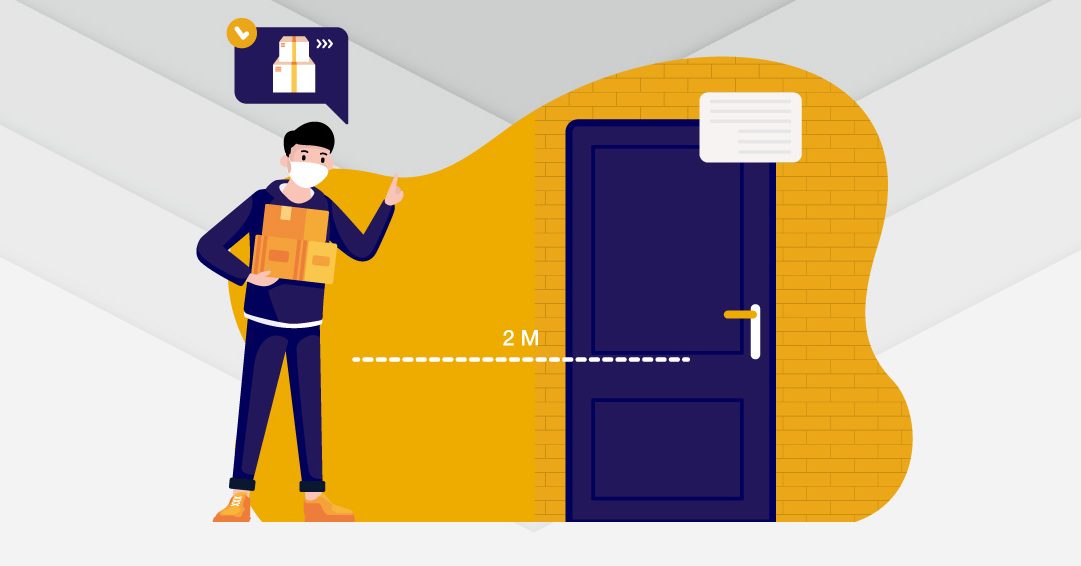
- Enable zero-touch deliveries
The corona has turned the ‘delivery at doorstep’ concept to ‘leave at my door’ due to safety reasons. This move has helped in keeping the customers and delivery person safe.
Instacart app has taken the initiative at first to make the deliveries as safe as possible. With ‘leave at my door delivery’ feature has also helped the people who may not be at home during deliveries and a significant surge in customer adoption is observed. Later, the feature is implemented by most of the businesses.
- Don’t surge the delivery charges
Not to say, but some of the food delivery apps are taking undue advantage of the crisis and charging higher delivery fees from the customers. Embarrassingly, the customers are left with no option and paying the same to stay safe at home. It’s not the case with every app.
Read More: How Can You Make A Bundle With E commerce On demand Grocery App Platform?
Some of the android apps are not charging delivery fees on the local restaurant orders and even creating relief funds and raising donations from the community to help the drivers and daily wagers financially. When it comes to revenue, the businesses are already making good money with advanced scheduled deliveries. It keeps everyone involved in buying-selling in a profitable state.
- Implement all the safety measures
The food delivery platforms are following the best practices to ensure safe and virus-free delivery.
It includes temperature tracker that informs the customers about the body temperature of all the stakeholders involved in food delivery; safety badges are rolled out that are provided to only those restaurants that are meeting the hygiene standards with masks, sanitation, temperature control, and safe packaging; delivery boys making zero-touch deliveries, they are also supposed to have masks, gloves, and sanitization. The delivery personnel is well-trained for social distancing and other precautions for ensuring safety.
- Warmly embrace digital payments
The cash payment has also become one of the carriers of transmitting coronavirus infection, so the store model is moving to cashless or virtually cashless to keep everyone safe.

Eliminating this payment option, the app is allowing users to pay through credit cards, debit cards, mobile wallets, internet banking, and others to mitigate the spread. Adapting digital payment is a step forward to a good cause.
- Support local restaurants
It’s a hard time for everyone. The independent restaurants are no exception. Especially, the restaurants with minimum ratings, their woes are deepening with empty dining rooms for months. That’s where food delivery apps can help.
Partnering with the local restaurant, not just help restaurants to get the food delivered in uncertain situations, but providing an opportunity to the platforms to win the trust as they are helping them to get out of the critical solution. Contribution of all will help the economy to manage things in the future.
Takeaway
Stepping out of the house is a no-brainer in the present times. But, the people counting on meal delivery apps for daily meals, it’s a boon for them. The accelerating demand for the same has provided a unique opportunity to the food delivery apps to uplift the orders and revenue by a large fraction alongside earning the customer’s trust and meeting all security standards to stay safe in the corona outbreak.
The businesses that can manage the crisis following the aforementioned tactics, surely lead the way in the present and the future. Don’t look further. Follow the tactics to grow, thrive, and seize a competitive edge in the market.



